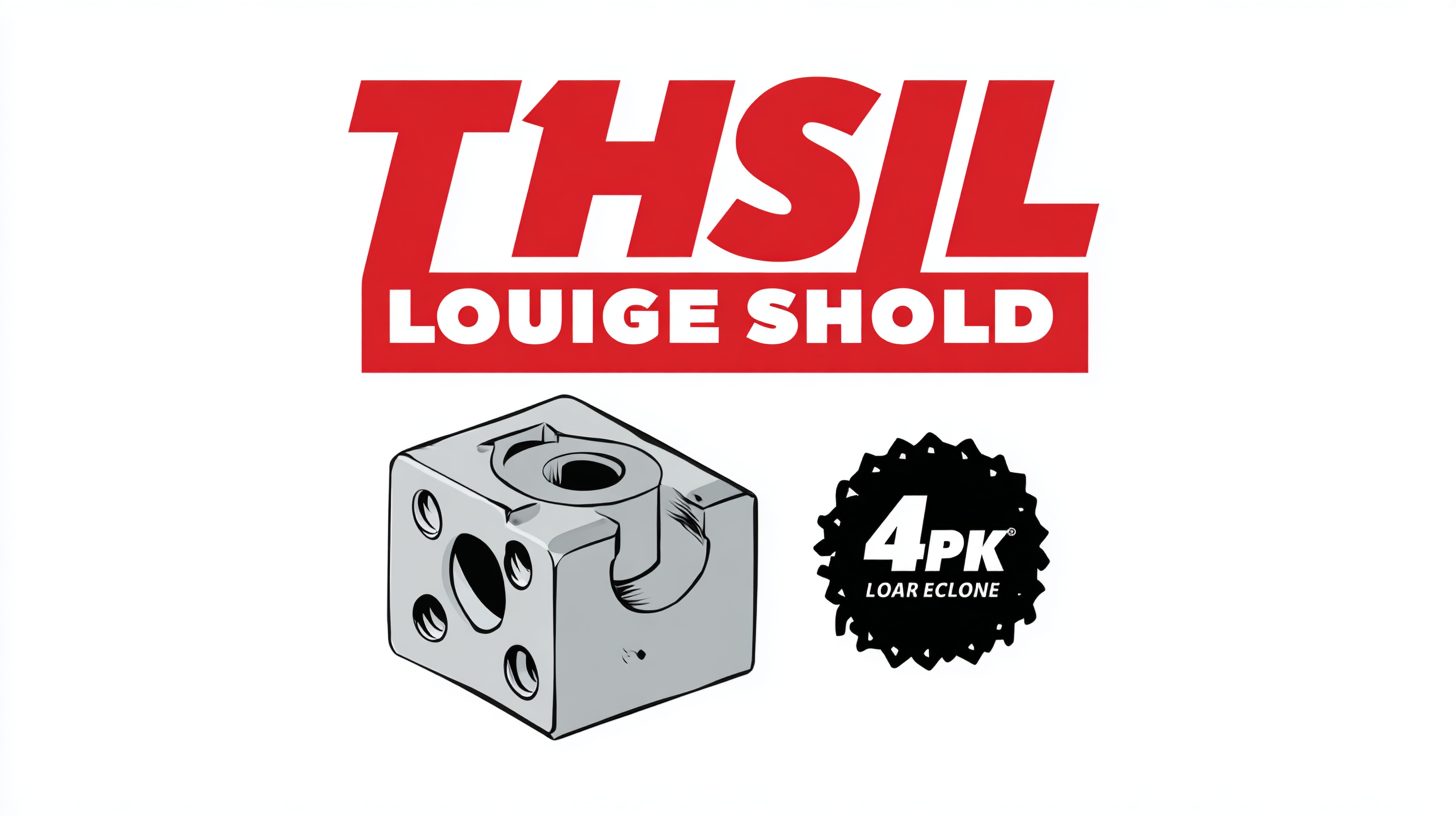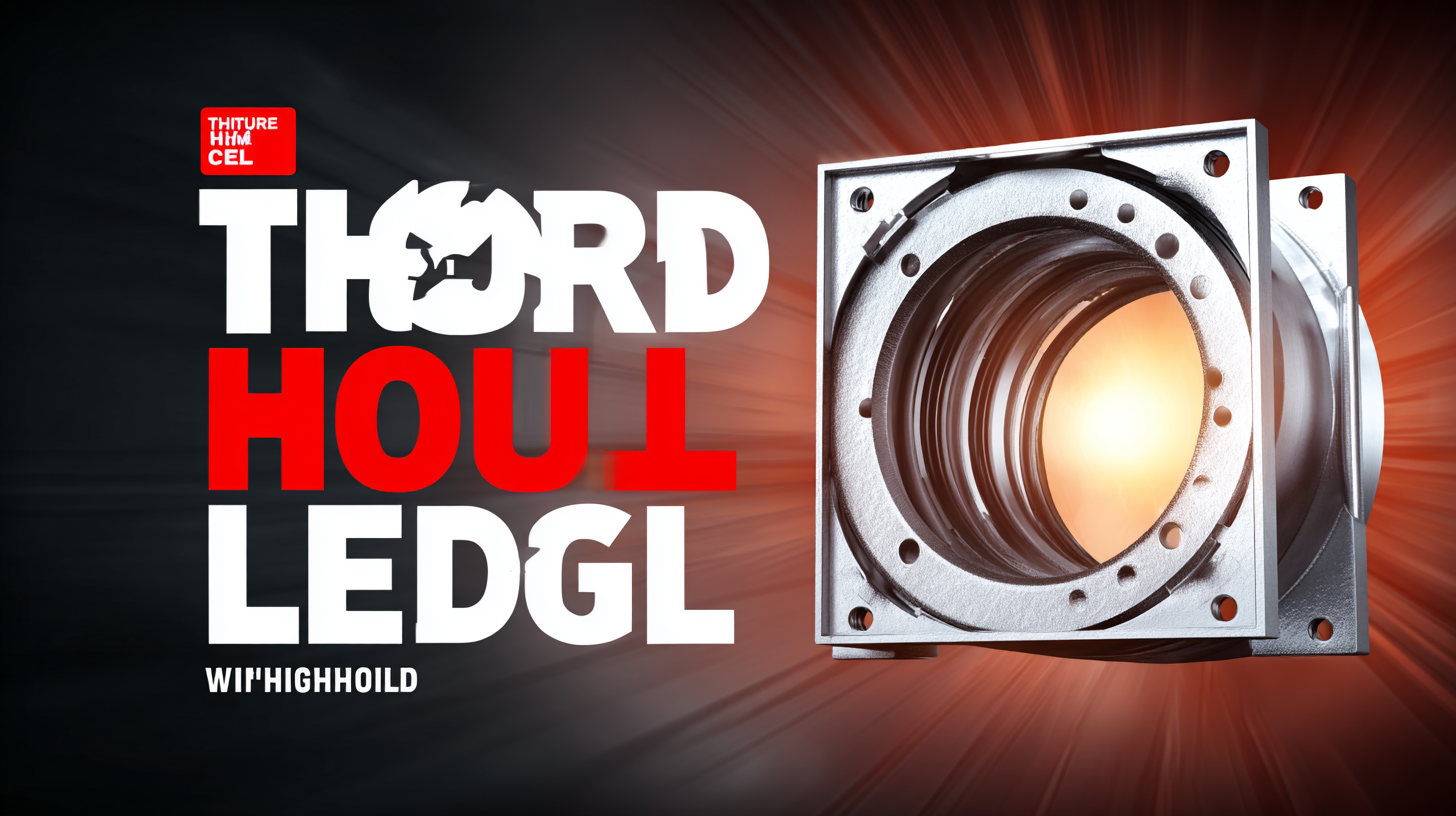 sales@loadcellsensor.com
sales@loadcellsensor.com

The Ultimate Guide to Selecting the Best Through Hole Load Cell for Your Needs
The Through Hole Load Cell is an essential component in various industrial applications, from automotive testing to robotics, providing accurate weight and force measurements. According to a recent market research report by Grand View Research, the global load cell market is expected to reach USD 3.4 billion by 2025, driven by increasing automation in manufacturing and the rising demand for advanced weighing technologies. Through hole load cells, characterized by their unique design that allows for easy installation in confined spaces, are highly regarded for their precision and reliability. As industries evolve, choosing the right type of load cell to suit specific needs becomes crucial, ensuring optimal performance and longevity. This guide aims to navigate you through the key considerations and features essential for selecting the best Through Hole Load Cell for your applications, helping you make informed decisions in a competitive market.

Factors to Consider When Choosing a Through Hole Load Cell
When choosing a through hole load cell, several critical factors should guide your decision. First and foremost, consider the load capacity required for your application. Through hole load cells come in various load ratings, so it’s essential to select one that can handle the maximum load your system will exert without risking damage or inaccurate readings. Additionally, take into account the type of materials being measured, as compatibility with the load cell is crucial for reliability and durability.
Another key factor is the installation process. Evaluate the dimensions and mounting requirements of the load cell to ensure it easily fits into your existing setup. This includes looking at the hole diameter and thread specifications. Moreover, assess the environmental conditions where the load cell will be used—whether it's exposed to moisture, temperature fluctuations, or corrosive substances—as these factors can impact the performance and lifespan of the load cell. Ensuring that you choose a load cell designed for your specific environment will help maintain accuracy and efficiency in your measurements.
Understanding the Different Types of Through Hole Load Cells
Through hole load cells are essential components for various weighing applications, providing accurate load measurements while accommodating through-holes for mounting and integration. When choosing the right type of through hole load cell, it's crucial to understand the different variations available. The most common types include analog load cells, which offer continuous voltage outputs proportional to the load, and digital load cells, which provide more advanced functionalities such as built-in processing and networking capabilities.

Another classification involves the design features of these load cells. For instance, some models are designed to handle tension while others are optimized for compression. Additionally, load cells can vary in capacity, material, and environmental resistance, making it necessary to select one that fits specific operational requirements. By exploring these distinctions, you can ensure that the selected load cell aligns with your unique application needs, optimizing performance and reliability.
Key Features that Enhance After-Sales Service for Load Cells
When selecting a through hole load cell, after-sales service is a critical factor that can significantly enhance the overall user experience. Reports suggest that over 30% of businesses encounter issues related to technical support after purchasing load cells, making reliable after-sales service indispensable. Parameters such as warranty duration, availability of replacement parts, and access to knowledgeable customer support can dramatically influence performance and longevity.
Tip: Always inquire about the manufacturer's service history and user testimonials, as this provides insight into their responsiveness and support quality.
Furthermore, features such as user-friendly manuals, online resources, and training sessions can simplify troubleshooting and maintenance. Having a dedicated support line that offers quick resolutions to issues can reduce downtime, which is vital for industries relying on precision such as manufacturing and construction. Reliable after-sales service not only ensures optimal performance but also contributes to long-term cost savings.
Tip: Consider choosing providers that offer extended service contracts, as they can provide peace of mind and cover unforeseen technical challenges effectively.
Assessing Repair Costs and Maintenance for Load Cell Longevity
When selecting a through hole load cell, understanding the associated repair costs and maintenance strategies is crucial for ensuring its longevity. These devices, typically utilized in a variety of industrial applications, face wear and tear over time due to heavy usage and environmental factors. Regular inspections and maintenance routines can significantly mitigate these risks, extending the operational lifespan of the load cell.
Establishing a clear maintenance schedule is imperative. This should include periodic checks for calibration accuracy, connections, and any signs of physical damage. Investing in quality training for personnel can also reduce the likelihood of accidents that may lead to costly repairs. Furthermore, documenting each maintenance activity helps in tracking performance trends, allowing for proactive adjustments before any major issues arise. By being vigilant about these factors, companies can not only lower repair costs but also enhance the reliability and performance of their load cells.
Step-by-Step Guide: How to Install and Calibrate a Through Hole Load Cell
Installing and calibrating a through hole load cell is a critical process to ensure accurate measurements in various applications. To begin with installation, it's essential to prepare the mounting environment. Ensure that the load cell is positioned on a stable surface and that the alignment is precise to avoid any measurement errors. According to a report from the International Journal of Advanced Manufacturing Technology, improper alignment can lead to measurement deviations of up to 5%, significantly affecting data accuracy in industrial settings.

When it comes to calibration, following a systematic approach is crucial. Use a known weight to verify the output of the load cell, adjusting the zero balance as necessary. The load cell should display the expected output within ±0.1% accuracy under controlled conditions, as highlighted by a recent study from the Load Cell Manufacturers Association. After calibration, it’s also advisable to conduct multiple tests with varying loads to ensure linearity across the operational range. Proper installation and calibration not only enhance the performance of the through hole load cell but also extend its lifespan, ultimately leading to reliable and precise load measurements in your applications.

